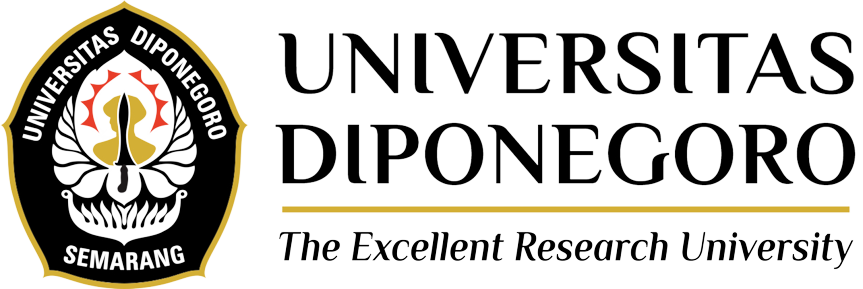JAKARTA – The Directorate General of Higher Education, Ministry of Education and Culture divides all tertiary institutions in Indonesia into five clusters based on several criteria used. The results of clustering in 2020 put Diponegoro University (Undip) in Cluster 1 with 14 other well-known public universities.
Some PTNs that enter Cluster 1 with Undip are Gajah Mada University (UGM), University of Indonesia (UI), Bandung Institute of Technology (ITB), Sepuluh Noivember Institute of Technology (ITS) Surabaya, Brawijaya University Malang and Padjajaran University Bandung and Bogor Agricultural Institute (IPB). The Director General of Higher Education (Dirjen Dikti) of the Ministry of Education and Culture, Prof. Nizam, emphasized that the clustering of universities was carried out to map the performance of academic universities.
“This clustering is not a ranking but a grouping of universities according to their level of development. This clusterization should not be mistaken as a ranking,” said Nizam in a written statement, Tuesday (18/7/2020).
He added that the main purpose of clustering is to provide a foundation for establishment development, coaching for tertiary institutions and to encourage universities to improve their quality. In clustering, there is no distinction between public and private universities.
What is sure is, the results of the 2020 clustering were compiled based on data from 2,136 tertiary institutions that actively populate the higher education database, all of which are divided into 5 clusters. Cluster 1 consists of 15 universities where Undip is in it, then Cluster 2 which contains 34 universities, Cluster 3 contains 97 universities, Cluster 4 consists of 400 universities and Cluster 5 contains 1,590 universities.
According to Nizam, this clustering is an effort by the Directorate General of Higher Education to map the performance of Indonesian academic universities under the guidance of the Ministry of Education and Culture. “The main purpose of clustering is to provide a foundation for the development of development policies, development of higher education and to encourage universities to improve the quality of implementing the tridharma of higher education in a sustainable manner,” he said.
With this data, it is hoped that it can provide information to the general public about the quality of performance of tertiary institutions in Indonesia. At least, based on the latest data, there is reliable information regarding the performance of higher education institutions in Indonesia based on four main aspects, namely the quality of human and student resources (input), higher education institutional management (process), short-term performance achievements achieved by universities (output), and the achievement of long-term performance of higher education (outcome).
The indicators used are dynamic in order to describe the real conditions. Quoted from the Kemdikbud.go.id page, in the 2020 cluster, the indicators used to assess higher education performance in the input aspect include the percentage of lecturers with doctoral education, the percentage of lecturers in the post of head and professor professors, the ratio of the number of lecturers to the number of students, the number of foreign students, and the number of lecturers working as practitioners in the industry for a minimum of 6 months.
In the process aspect, there are 9 indicators used, including Institutional Accreditation, Study Program Accreditation, Online Learning, Higher Education Collaboration, Completeness of PDDIKTI Reports, Number of Study Programs in collaboration with DUDI, NGO or QS Top 100 WCU by subject, Number of Study Programs implementing Merdeka Belajar program, the number of students who participate in the Merdeka Belajar Program.
In the output aspect, there are four indicators used, including the number of indexed scientific articles per lecturer, research performance, student performance, and the number of study programs that have obtained International Accreditation or Certification.
Meanwhile, in the outcome aspect, there are five indicators used, including innovation performance, number of citations per lecturer, number of patents per lecturer, community service performance, and the percentage of college graduates who were hired within 6 months.
